Every part of the void under a timber suspended ground floor should be thoroughly ventilated through openings on at least two opposite sides Where this is not possible, effective cross ventilation from opposite sides should be provided by a combination of openings and air ductsTo identify a suspended timber floor, look outside for ventilation grilles just above ground level If there are not any vents outside it may be a solid floor See our fact sheet Radon sumps; One of the things you should see around the outside of a house which has suspended timber floors are subfloor airbricks They are, or should be, fairly regularly spaced and their purpose is to allow air ventilation within the subfloor void This air ventilation is very important, as it helps to keep the area within the void relatively dry

Will Lack Of Ventilation Rot My Timber Floors
Suspended timber floor ventilation
Suspended timber floor ventilation- The area under a suspended floor, called a subfloor void is the space beneath a ground floor, suspended timber floor The actual size of this void – or space – can vary significantly from virtually nothing, where floor joists are in contact the substrate beneath, to something which you could crawl under The norm for this sort of space is Materials For Suspended Timber Floor Insulation There are three main options Celotex / Kingspan type PIR thermal insulation board This comes in various thickness (50mm and 100mm are the most common) and in a variety of sizes (24 x 12m being the most common)



Http Www Aivc Org Sites Default Files Airbase Pdf
Proper ventilation in suspended timber floors is equally important, in terms of keeping the installed vents and air bricks effective or adding some ventilation if needed Also, be smart when installing wood floor insulation by taking some preventive measures that will allow you to inspect, upgrade and maintain your floors easier in the future Older properties (like sections of mine) with a suspended timber floor would ensure cross ventilation via air bricks to keep things dry Also important if there are any dwarf walls supporting say floor joists mid span, that this has a dpc somewhere to protect any timber sitting on it from getting dampDiscussion in 'Building' started by AL_1234, AL_1234 Joined Suspended floor/timber frame garden room 23vc, , in forum Building Replies 3 Views 307 noseall
This stops any build up of condensation and is assisted by building in airbricks through the external walls More can be seen about air bricks and underfloor ventilation in this project here A suspended timber floor on sleeper walls – Image courtesy of retrofitprojectcoukA damp proof course (DPC) should be placed between the timber and the wall Insulation is then placed between the joists (thickness depends on the product used) Air vents should be placed underneath to provide ventilation to the void and the air should be able to travel from one side of the building to the otherInsulating Suspended Timber Floors As indicated above not all suspended timber fl oors require insulation and enclosing sub fl oor spaces in mixed climates may be suf fi cient to reduce heat loss to acceptable levels However, in cool and also some other climates fl oors require insulation The climates requiring insulation to the underside
PARTS OF A SUSPENDED TIMBER FLOOR The suspended timber floor involves the over site concrete slab, honey combed sleeper walls, wall plates and floor joints The diagram of figure two shows the linkages between the various components of the floor The examination of the illustration can help you to identify the functions of the various partsDetail for insulation of a suspended timber floor, where the existing floor void is not accessible from below, and it is not possible to lift the whole floor to insulate from above This solution proposes a aggregate insulation infill laid over the subfloor, with a controlled air inlet for ventilationBest practice for insulating a suspended timber floor – part 2 Question I'm 70% of the way through an eco retrofit of a 1940s bungalow (windows already in place) but still have about 30 m 2 of suspended timber floor to insulate and air seal I



Ground Floor Ventilation To Insulated Floor Retrofit Pattern Book




Pdf Void Conditions And Potential For Mould Growth In Insulated And Uninsulated Suspended Timber Ground Floors Special Issue Paper Enthalpy Moisture And Ventilation Issues In Buildings In International Journal Of Building Pathology
The new #800 MultiFlex Dance Floor is the ideal solution for those who want a suspended floor with a vinyl surface The floor installs quickly and easily The 5 7/16" inch wide tongue and groove boards come with specially designed Evazote 50 foam strips already attached to the bottom Simply glue the boards to each other and the subfloor isThis chapter gives guidance on meeting the Technical Requirements for suspended ground floors including those constructed from insitu concrete precast concrete timber joists 521 Compliance 522 Provision of information 523 Contaminants6 Air from the outside can and should flow under suspended timber floors, and this would typically be through air bricks or grilles in the outer walls Free flowing air can help to maintain a




Should You Replace Your Old Timber Floor With A Concrete Floor Dampchat
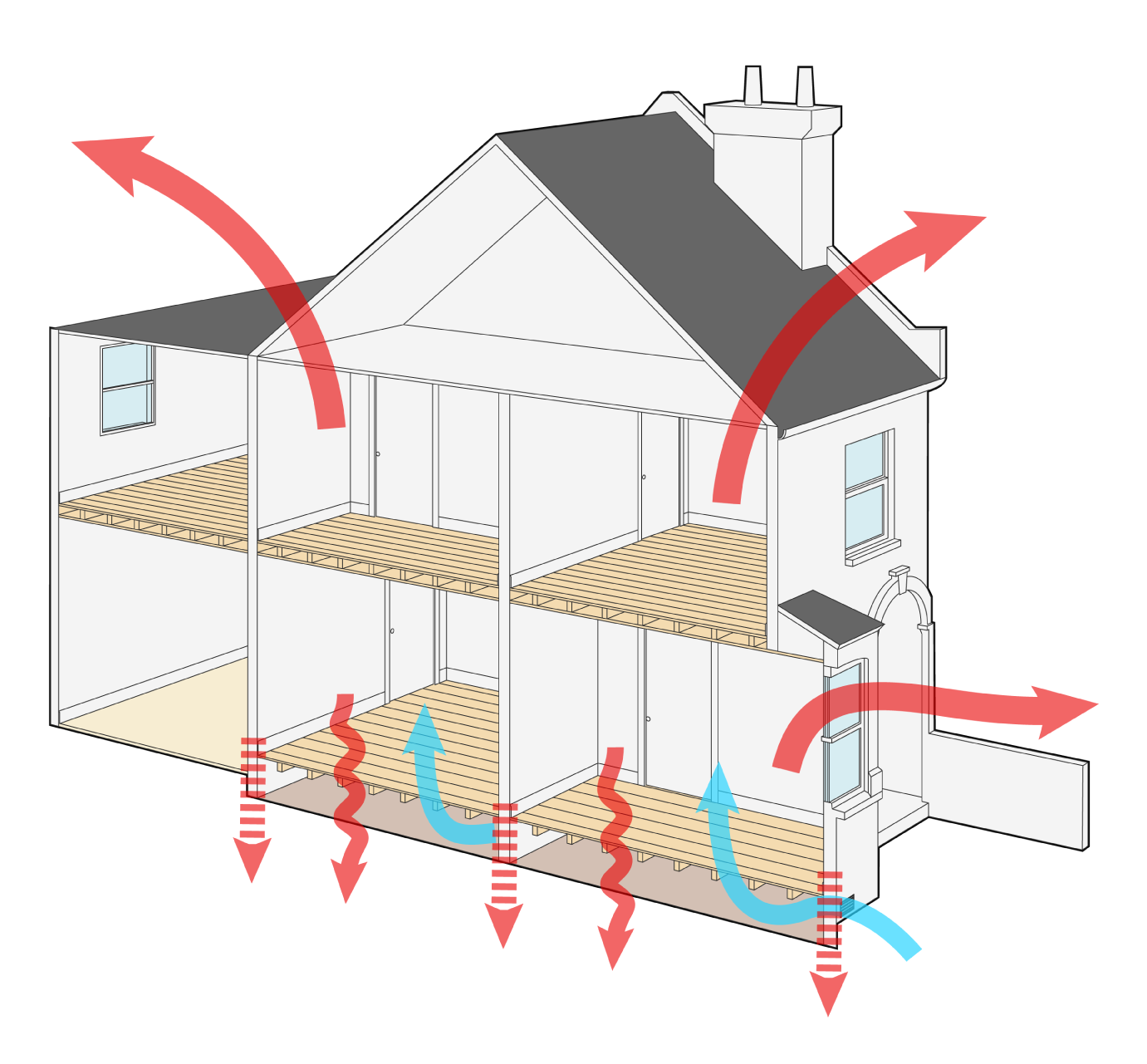



Q Bot Best Solution To Insulate Cold And Draughty Floors Robotic Under Floor Insulation
The Building Regulations Approved Document C states suspended timber floors and suspended concrete floors (including block and beam) have a provision for ventilation on two opposing external walls of not less than 1500mm² per metre run of external wall or 500mm² per metre² of floor area, whichever works out to give the greater amount of ventilationAround 12 million New Zealand houses have suspended timber ground floors Common subfloor problems include dampness, rot, poor ventilation and structural issues BRANZ house condition surveys have consistently found that damp subfloors are one of the most common problems in New Zealand houses with suspended timber floorsSub Floor Ventilation and cross flow ventilation for suspended timber floors is essential Many homes in Adelaide are built with a suspended timber floor and therefore have a large space under this area This subfloor space under your home is important to




Eurima Suspended Timber Floors



Floored By Progress Marlin Design
Became the timber floor structure positioned over compacted earth with an airspace in between This void underneath the suspended floor was ventilated via airbricks or other types of vent in the external walls to ensure a very effective air flow through the underfloor area 11 Ground floor structure The suspended floors found in most suspended timber floors located above an unheated space, where the insulation is installed below the floorboards or timber decking; Another thing that some people fail to realise is that the suspended timber floor void is also partly controlled by the internal environment, if you have a high vapour pressure in the building because of poor mechanical ventilation this will go to lower vapour pressure, like the roof void and also the sub floor void The majority of suspended
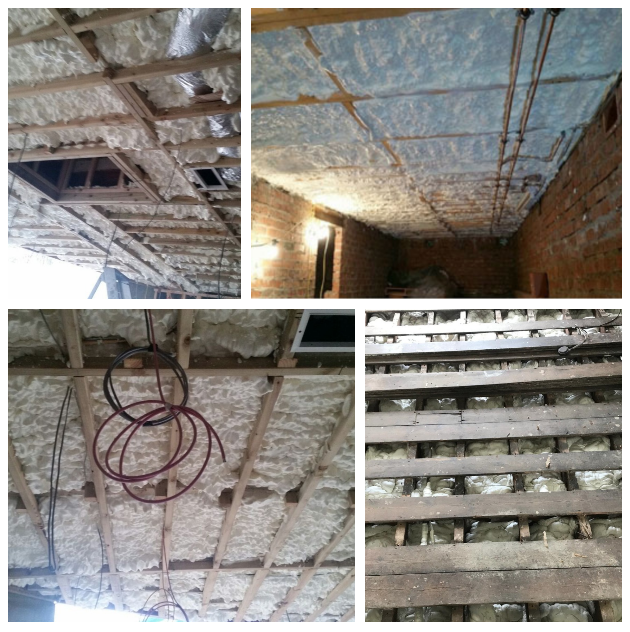



Suspended Timber Floor Insulation Icynene Spray Foam Insulation



Http Discovery Ucl Ac Uk 1 Mould paper Review Final Accepted version2 Pdf
Suspended timber floors, which are typically found in older houses, are normally made from timber floorboards which are then attached to joists just above the foundations of a house This creates a small gap and allows ventilation and air movement to prevent damp forming in the timber joists I've been scratching my head, trying to work out how to ventilate a timber floor that only has one external wall A room and hall way are having a suspended timber floor reinstatedThe recommended minimum area of ventilation required for under a suspended timber floor is 1500mm 2 for every metre of perimeter of the structure Cross flow ventilation was traditionally achieved by placing sleeper walls (see figure 2) at intervals throughout the subfloor The sleeper walls would be honeycombed in nature to facilitate airflow




What Is Sub Floor Condensation Preservation Treatments
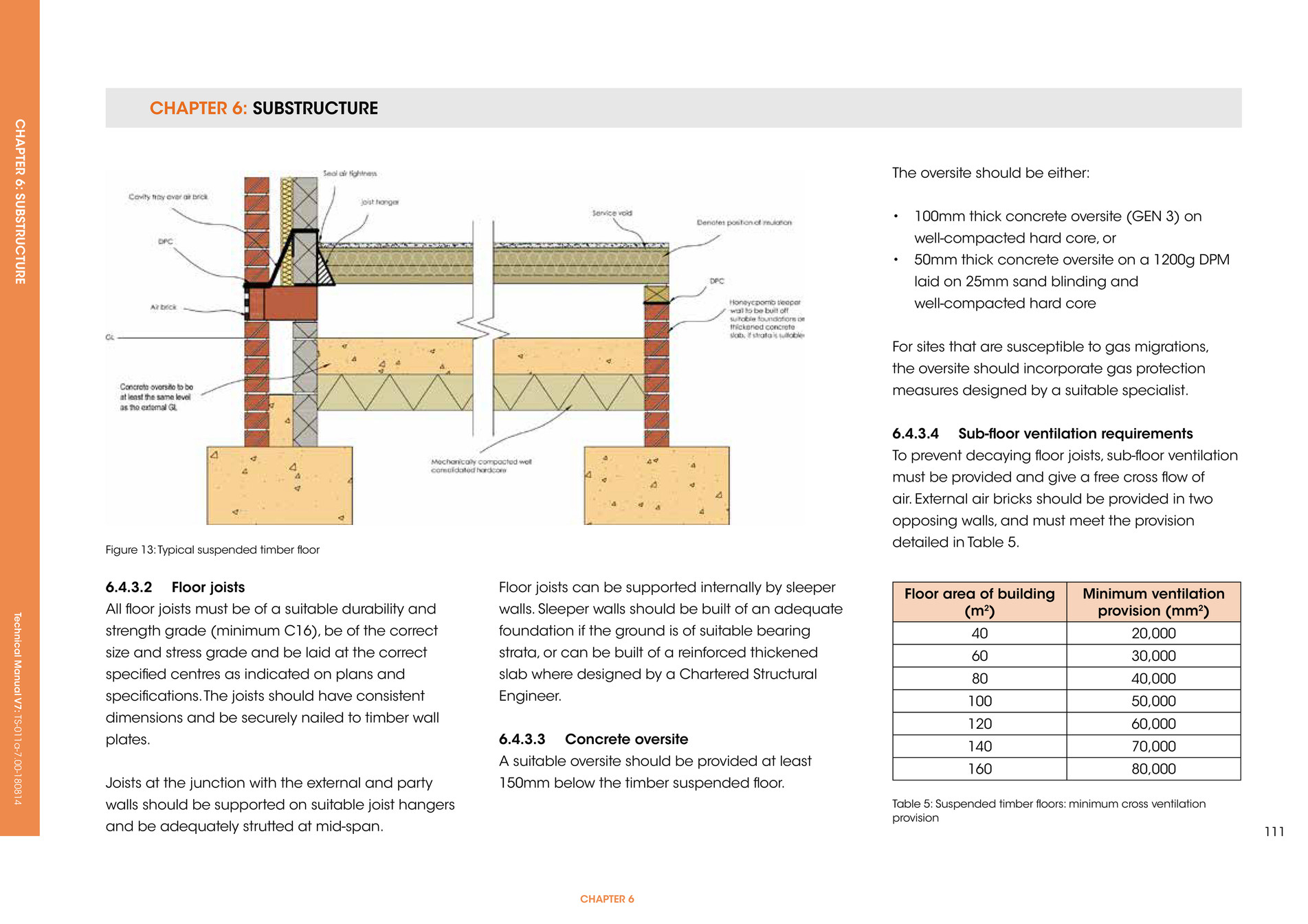



Labc Warranty Technical Manual Version 7 Page 112 113
Benefits of Suspended Timber Floor Insulation Approximately up to 15% of heat is lost through uninsulated floorboardsAdding Icynene spray foam insulation product beneath the floorboards, it seals the gaps between floors and skirting boards toIn many Victorian houses a suspended timber floor was formed as the ground floor of the house This was often built over bare earth and relies on good ventilation to keep moisture levels down and the timber floor structure dry Without adequate ventilation the A Best Practice Approach To Insulating Suspended Timber Floors By Fintan Wallace Thursday 14th February 19 Fintan from our Technical Team discusses the thermal loss issues associated with suspended timber floors and outlines a best practice approach to tackling them At the turn of the 18th century, when construction techniques moved from boarded floors installed directly on the ground to suspended timber floors over a ventilated




How To Repair A Rotten Floor Mac Carpentry
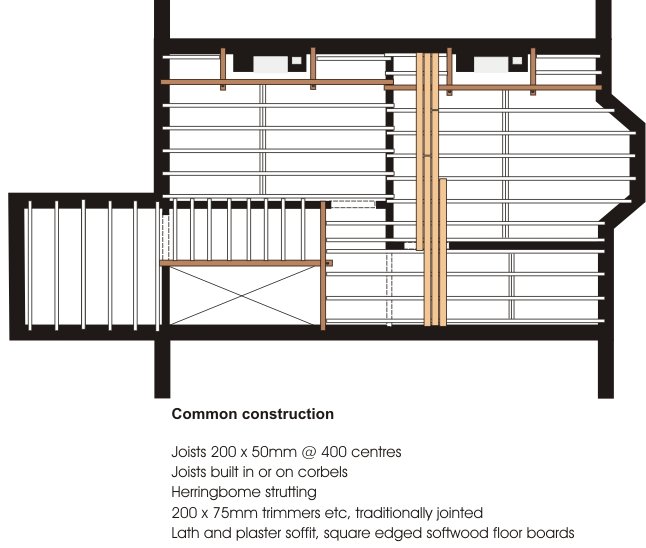



Evolution Of Building Elements
To reduce the risk of damp and timber decay, a good flow of air under the ground floor is important, so short brick sleeper walls were built in with a 'honeycomb' pattern; Unlike standard ground floor construction, suspended floors are not sitting directly on the ground This allows air flow and ventilation to prevent the mould and dry rot that would otherwise occur over damp ground However this air flow can leave the problem of draughts and cold in the house if not insulated correctlyVentilation to your original suspended floor is essential to prevent further damage and issues such as rot The conservatory company should have laid 100mm rectangular / round ducting through the new solid concrete base which should be connected to air bricks / sleeves in the new external brickwork and clearly pass through the original outside wall and into the floor void underneath
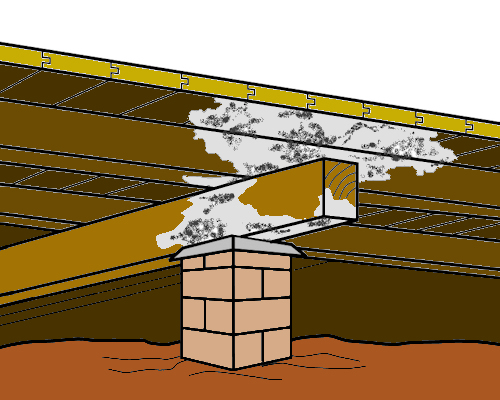



Inspecting And Testing Subfloors Inspecting Subfloors Checking Subfloor Ventilation



1
The existing house, built in the 1960s, has suspended timber floors, and the addon area will have concrete floors Some of the vents will be blocked by the extensionThe gaps allow air to circulate The air enters via small vents or airbricks sited in the lower walls Hi claire_lou, The function of the air bricks in this case is to provide ventilation beneath suspended timber floors in order to prevent the moisture content of the wood reaching the threshold of decay (22%) Dry and wet rot spores are in the air all the time and only require wood of a certain moisture content to germinate and commence decay



Building Guidelines Underfloor Ventilation Suspended Timber Floors
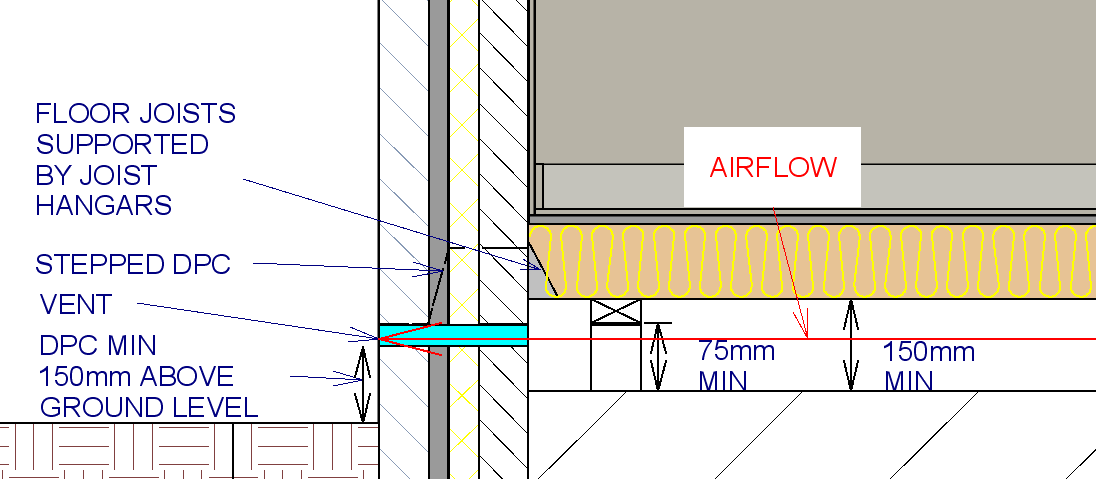



Ventilation In Floors Property Health Check
Mechanical ventilation of the underfloor space is one of the most effective ways of reducing radon levels in buildings with suspended timber floors There is a question however whether this ventilation should be supply or extract, sometimes extract is more effective, soinetiines supply is inore effective This report presents a simple analysis of the problem and suggests the If we want to improve insulation of suspended timber floor we can fill the insulation between the joists, beneath the deck In this way suspended timber floors insulation will ensure proper heating and cooling in the home It also guarantees quality, reduced carbon foot print, cost effectiveness and easy installationFor effective subfloor ventilation Save time by using this handy calculator to work out how many Rytons Periscope Vents with Rytons Multifix Air Bricks are required for suspended timber or block and beam floors Ventilate the underfloor space by providing ventilation in
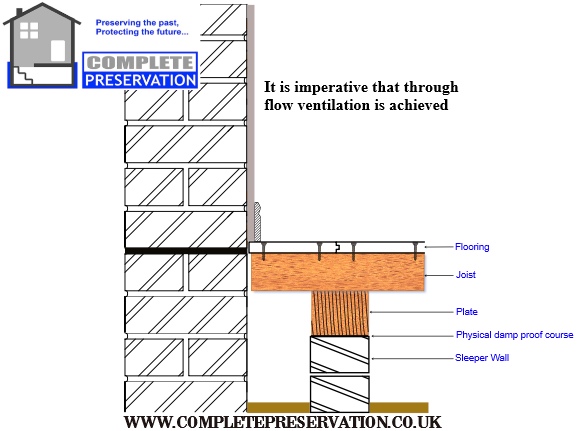



Complete Preservation Home



Www Scoilnet Ie Uploads Resources 248 Pdf
Ventilation should be located as near as possible to the underside of the timber floor structure (plates and bearers) and should be spread evenly around the entire building to allow cross ventilation (see Figure 1) Figure 2 gives two options for providing ventilation in a timberframed foundationTimber floors situated above an unheated integral garage Subfloor Voids, Suspended Timber Floors and the Importance of Ventilation Published on • 79 Likes • 11 Comments




Sub Floor Voids Suspended Timber Floors And The Importance Of Ventilation
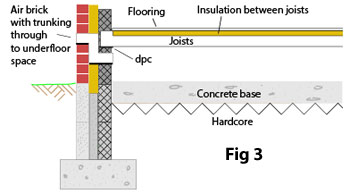



The Different Types Of Suspended Wooden Flooring Construction
Also, note the gap in the block work of the tassel walls, ensuring adequate air circulation Vents are installed in the external wall to ensure that adequate ventilation is given to the timbers, ensuring the circulation of fresh air, keeping the timbers dry and preventing decayUnderfloor ventilation is a vital component in ensuring airflow for voids under suspended concrete and timber floors and ongoing changes to the Building Regulations continue to affect specifications and drive Manthorpe's product development and innovation Manthorpe provides a complete modular product range for underfloor ventilationSolution (E2/AS1) for subfloor ventilation of suspended timber floors This requires a minimum of 3,500 mm2 of net open area for every 1 m2 of the house plan floor area This matches the subfloor ventilation requirements of NZS 3604 1999 Timber framed buildings for uncovered ground




Will Lack Of Ventilation Rot My Timber Floors
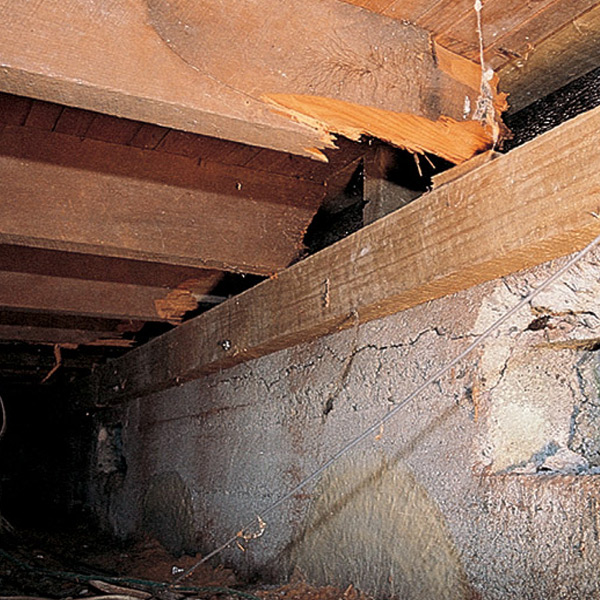



Subfloor Ventilation Branz Maintaining My Home
Timber sub floor ventilation on only one side of house, install slab instead?2 RAdon soluTIons foR homEs ImPRovInG undERflooR vEnTIlATIon – GRG 371 suspended timber floors Suspended timber ground floors can be found in homes of all ages There are two quick ways of finding out if a floor is suspended timber (or woodbased boarding suchSometimes the vent leads only to the wall cavity and not to the underfloor space




Ground Floors Concrete And Suspended Timber Types Of




Ask The Expert Thermally Upgrading Suspended Floors Ecological Building Systems




Suspended Timber Ground Floors Heat Loss Reduction Potential Of Insulation Interventions Sciencedirect



Suspended Timber Floor Construction Studies Q1



Sportengland Production Files S3 Eu West 2 Amazonaws Com S3fs Public Floors For Indoor Sports Pdf



1



Www Scoilnet Ie Uploads Resources 246 Pdf
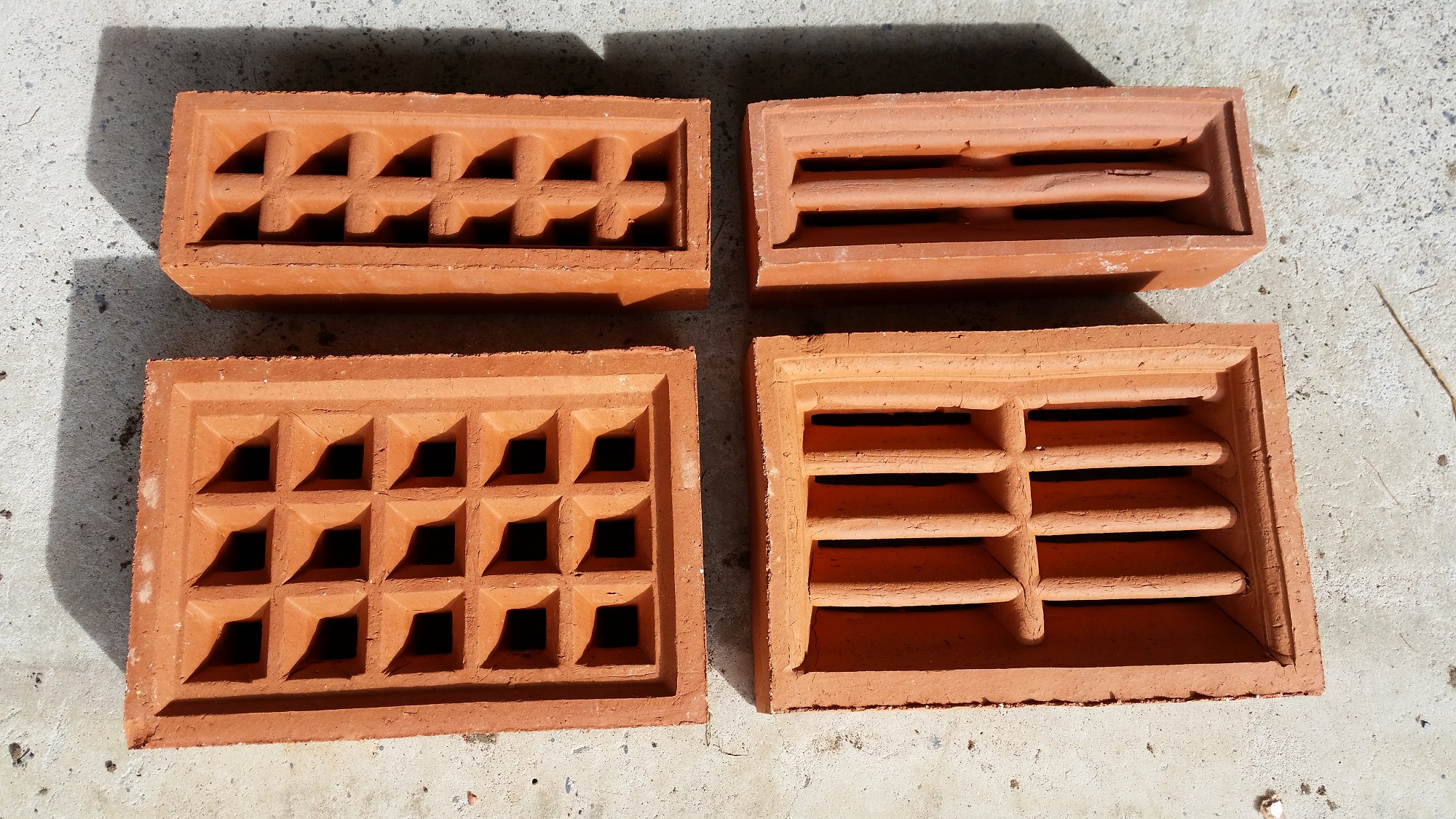



Why Is Ventilation Important Thegreenage




Underfloor Insulation Of Suspended Timber Floors Great Home
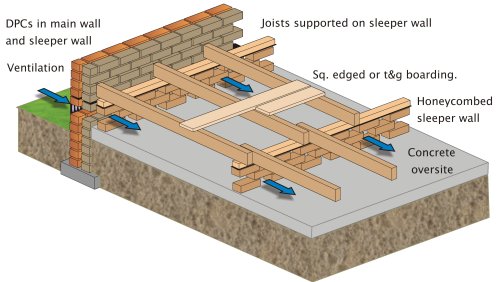



Evolution Of Building Elements
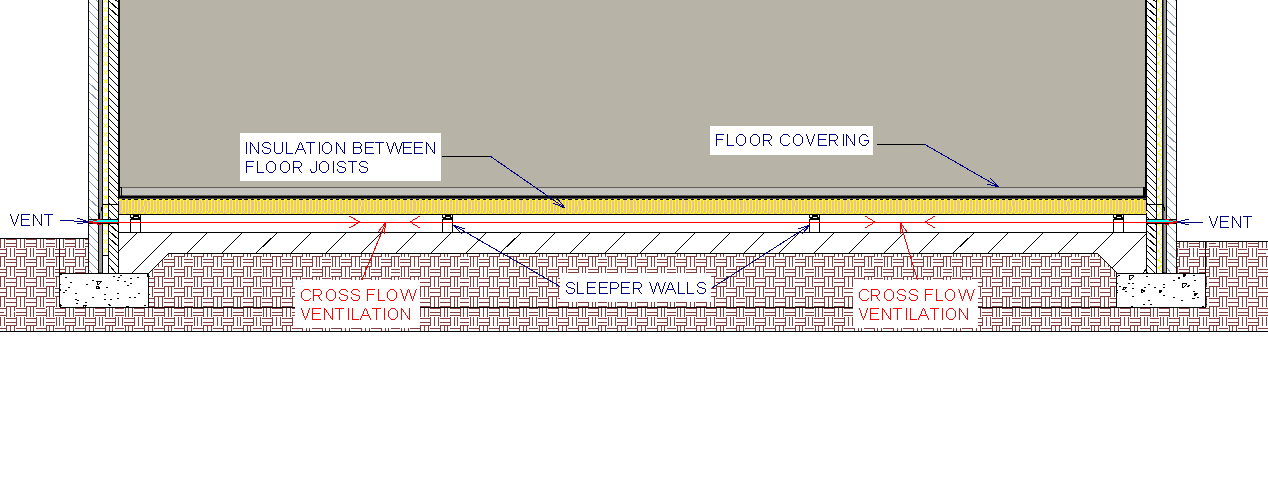



Ventilation In Floors Property Health Check



Building Guidelines Underfloor Ventilation Suspended Timber Floors




What Is A Suspended Timber Floor Discount Flooring Depot Blog



Discovery Ucl Ac Uk 1 Suspended timber ground floors measured heat loss compared with models Pdf
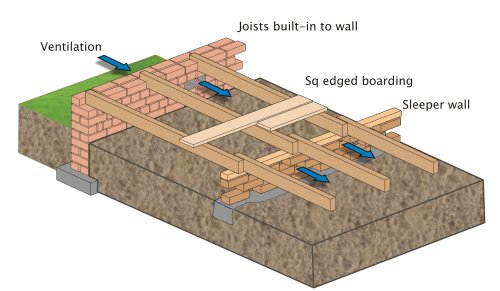



Evolution Of Building Elements
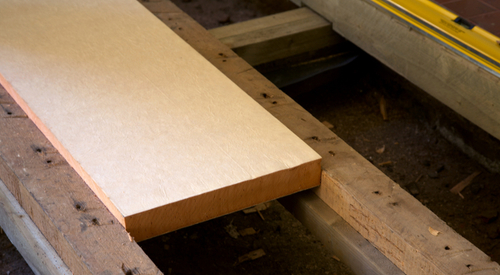



Insulating Under A Suspended Timber Floor Insulation Kingspan Great Britain



Sub Floor Perimeter Insulation With Vent To Shallow Suspende Retrofit Pattern Book




Suspended Timber Floors Red




A Guide To Floor Insulation Cosy Homes Oxfordshire




Foundation Walls Branz Renovate Urban Rooms Indoor Courtyard Renovations




Insulating Suspended Wooden Floors Wooden Flooring Underfloor Insulation Flooring



Building Guidelines Underfloor Ventilation Suspended Timber Floors



Www Ukradon Org Cms Assets Gfx Content Resource 2732cs Pdf




Sawdust In My Socks Why Vent A Suspended Timber Floor



Sub Floor Ventilation Simplifydiy Diy And Home Improvement Solutions



Building Guidelines Underfloor Ventilation Suspended Timber Floors



Suspended Timber Floor Construction Studies Q1




Underfloor Thermal Insulation Of Suspended Timber Floors Craftedforli
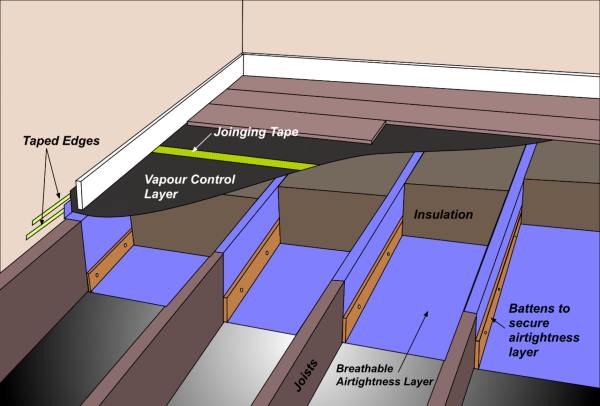



What S The Best Home Insulation Materials




Heat Flow Variability Of Suspended Timber Ground Floors Implications For In Situ Heat Flux Measuring Sciencedirect




What Is A Suspended Timber Floor Discount Flooring Depot Blog



Www Aivc Org Sites Default Files Airbase 107 Pdf




Radon Gas Barriers In Timber Frame Buildings Installation Tips




Protecting Dwellings With Suspended Timber Floors A Bre Guide To Radon Remedial Measures In Existing Dwellings Br 270 Building Research Establishment Report Welsh P A Amazon Com Books
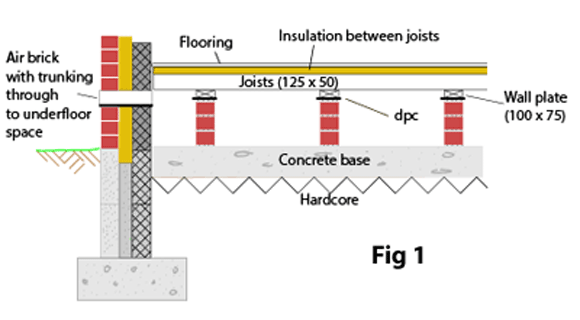



The Different Types Of Suspended Wooden Flooring Construction



Www Aivc Org Sites Default Files Airbase 107 Pdf
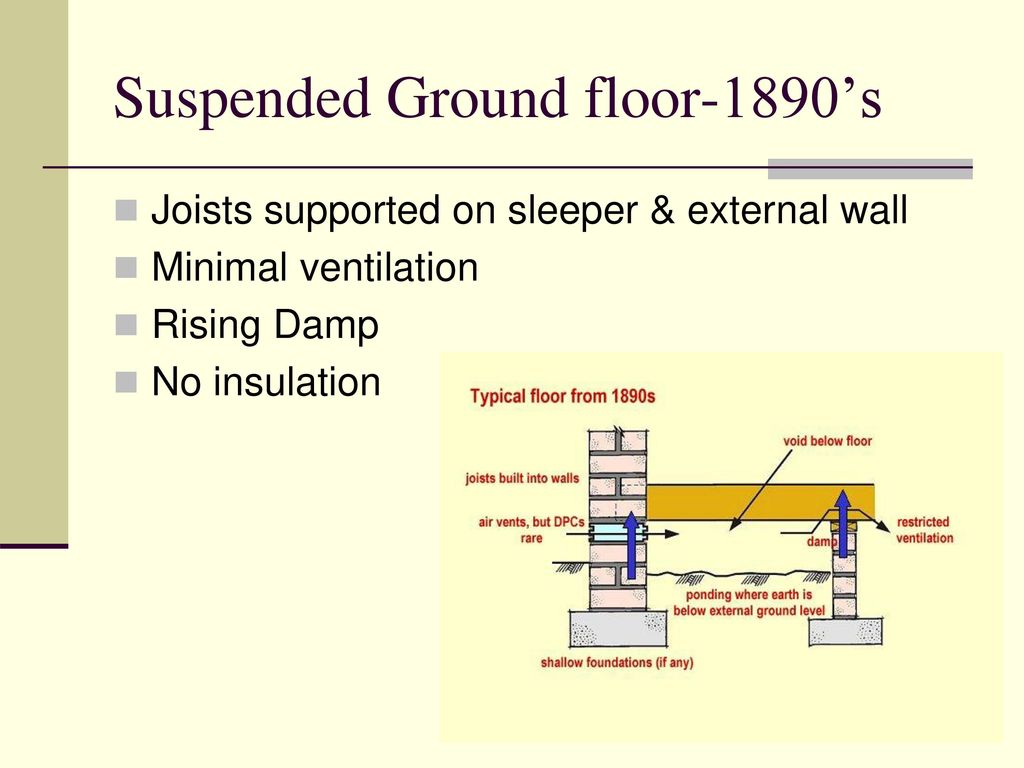



Types Of Ground Floors Ppt Download



Ground Floor Ventilation To Insulated Floor Retrofit Pattern Book



Www Aivc Org Sites Default Files Airbase 107 Pdf




Pin By Beati Jolanda Niesyta On Floor Insulation Floor Insulation Damp Proofing Flooring




Suspended Ground Floors Flooring How To Level Ground Ground Floor



Rotten Suspended Floors Improving Sub Floor Ventilation Diynot Forums




Suspended Floors All You Need To Know Thermohouse




Garden Room Workshop Part 5 Timber Floor Youtube
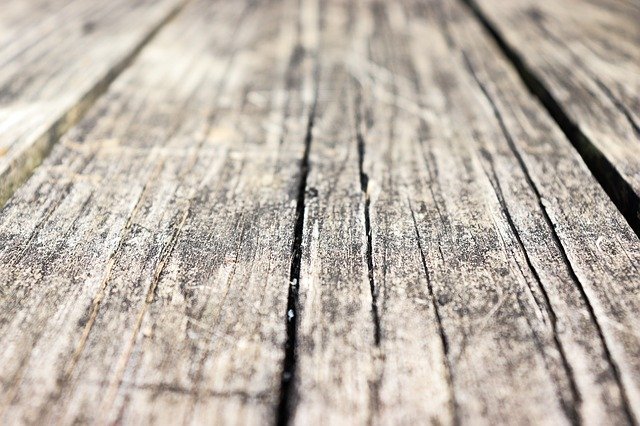



Suspended Timber Floor Designing Buildings Wiki




Suspended Floors All You Need To Know Thermohouse
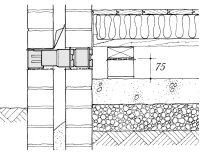



Carryduff Designs Underfloor Ventilation



Part 1 Technology 3 Folio
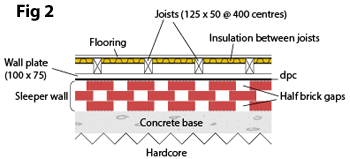



The Different Types Of Suspended Wooden Flooring Construction



Http Www Aivc Org Sites Default Files Airbase Pdf
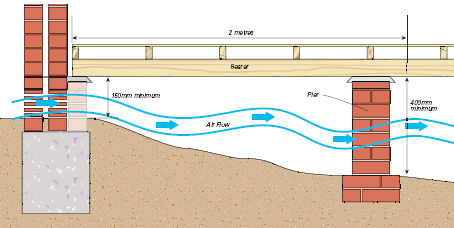



Sub Floor Ventilation How Does It Work Roof Ventilation Blog




Removing Insulating And Restoring A Suspended Wooden Floor Part 2 Of 3 Youtube




Fbe 03 Building Construction Science Lecture 3 Floor



Floor Ventilation




Suspended Timber Floor By Bpptech Issuu
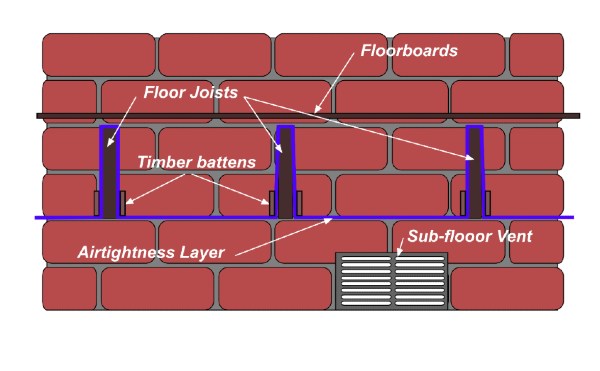



Adding Underfloor Insulation To Existing And Older Properties




Floor Insulation Centre For Sustainable Energy
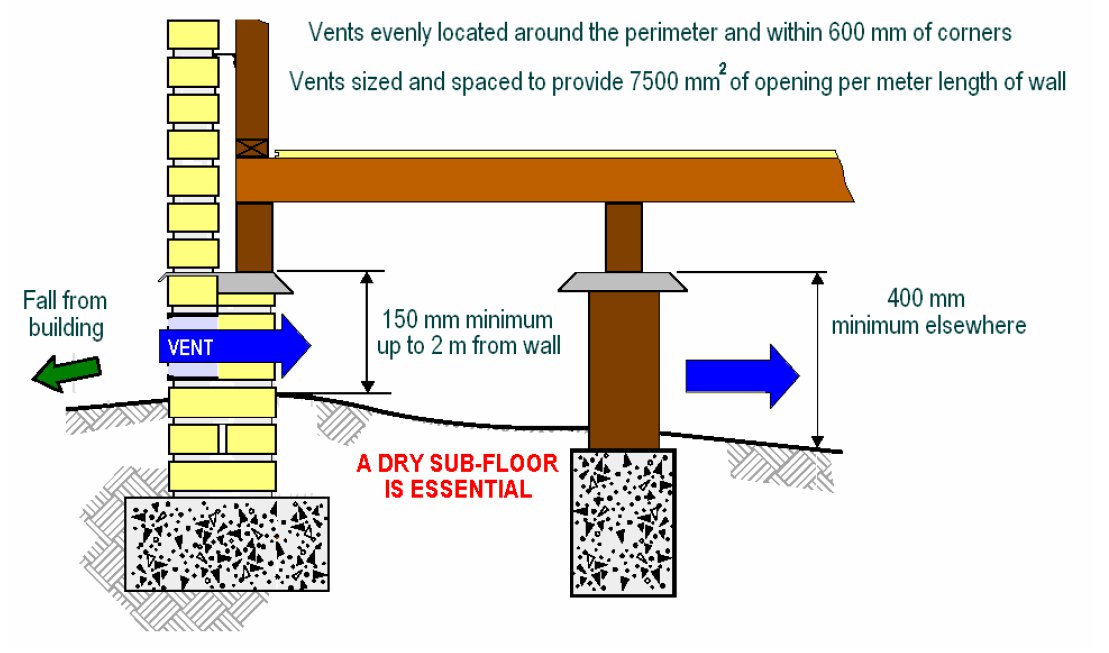



Flooring Woodsolutions
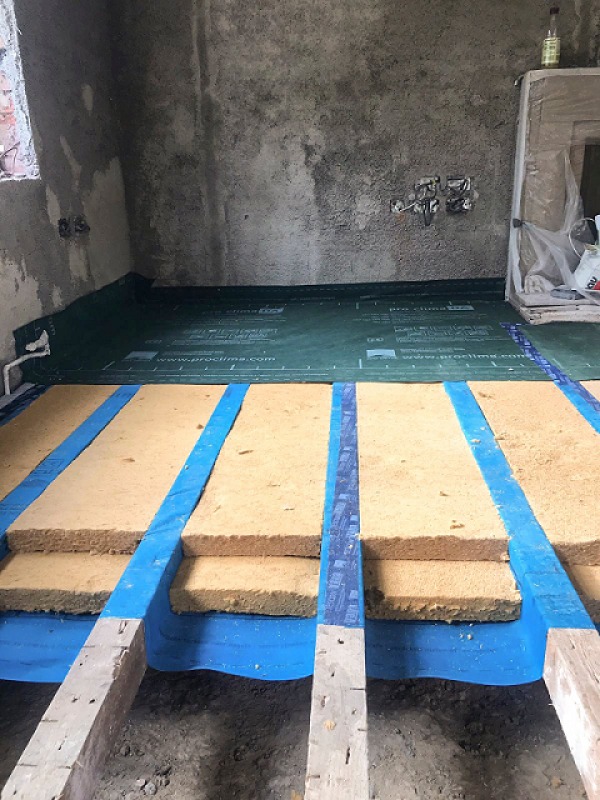



Ask The Expert Thermally Upgrading Suspended Floors Ecological Building Systems



What Can Happen When You Have No Sub Floor Ventilation Wessex Damp Timber
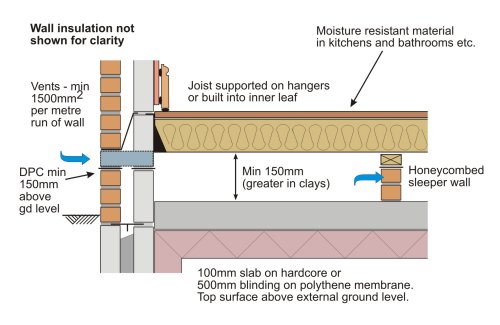



Evolution Of Building Elements



Www Scoilnet Ie Uploads Resources 246 Pdf



Ewi Perimeter Sub Floor Insulation With Controlled Ventilation Retrofit Pattern Book
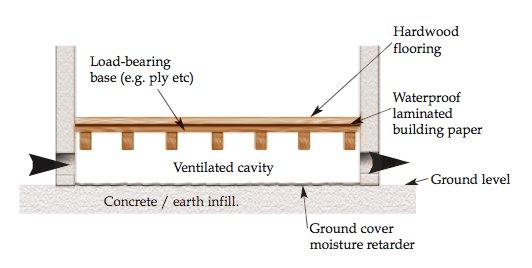



Cupping On Wood Flooring Troubleshooting Floorsave




Insulating Suspended Timber Floors Green Building Store



Suspended Timber Floor Construction Studies Q1




Floor Insulation Great Home
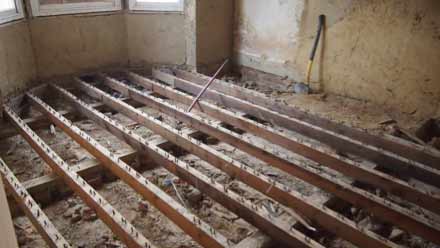



Suspended Timber Floor And How To Build A Floating Hollow Timber Floor Diy Doctor




S Is For Sub Floor Ventilation And Condensation Atlantis Property Preservation



Building Guidelines Underfloor Ventilation Suspended Timber Floors




How Do I Get Rid Of Damp Spots On A Wooden Floor



Www Aivc Org Sites Default Files Airbase 107 Pdf



Www Scoilnet Ie Uploads Resources Pdf




Suspended Timber Ground Floors Heat Loss Reduction Potential Of Insulation Interventions Sciencedirect




Concrete Vs Timber Floors




Insulating Below Suspended Timber Floors Ballytherm Ie




Approved Document C Free Online Version
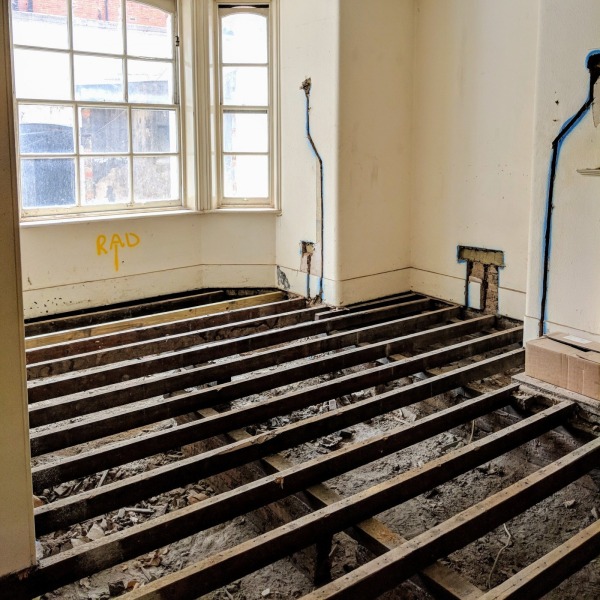



A Best Practice Approach To Insulating Suspended Timber Floors Ecological Building Systems
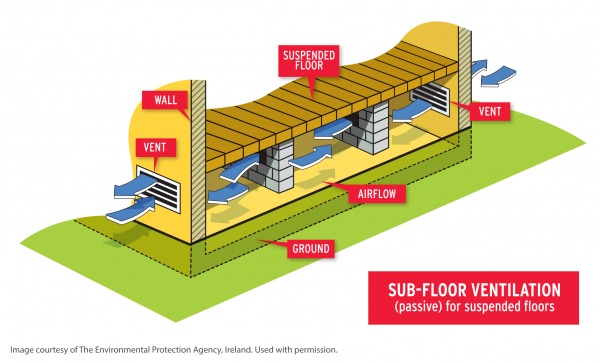



A Best Practice Approach To Insulating Suspended Timber Floors Ecological Building Systems



Timber Floor Construction Methods



Www Ukradon Org Cms Assets Gfx Content Resource 2732cs Pdf
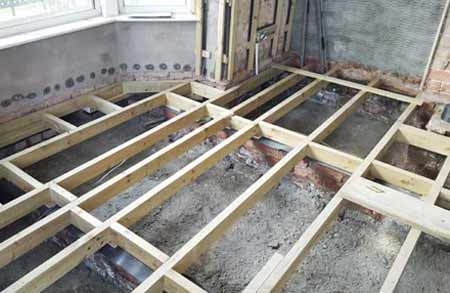



Suspended Timber Floor And How To Build A Floating Hollow Timber Floor Diy Doctor



0 件のコメント:
コメントを投稿